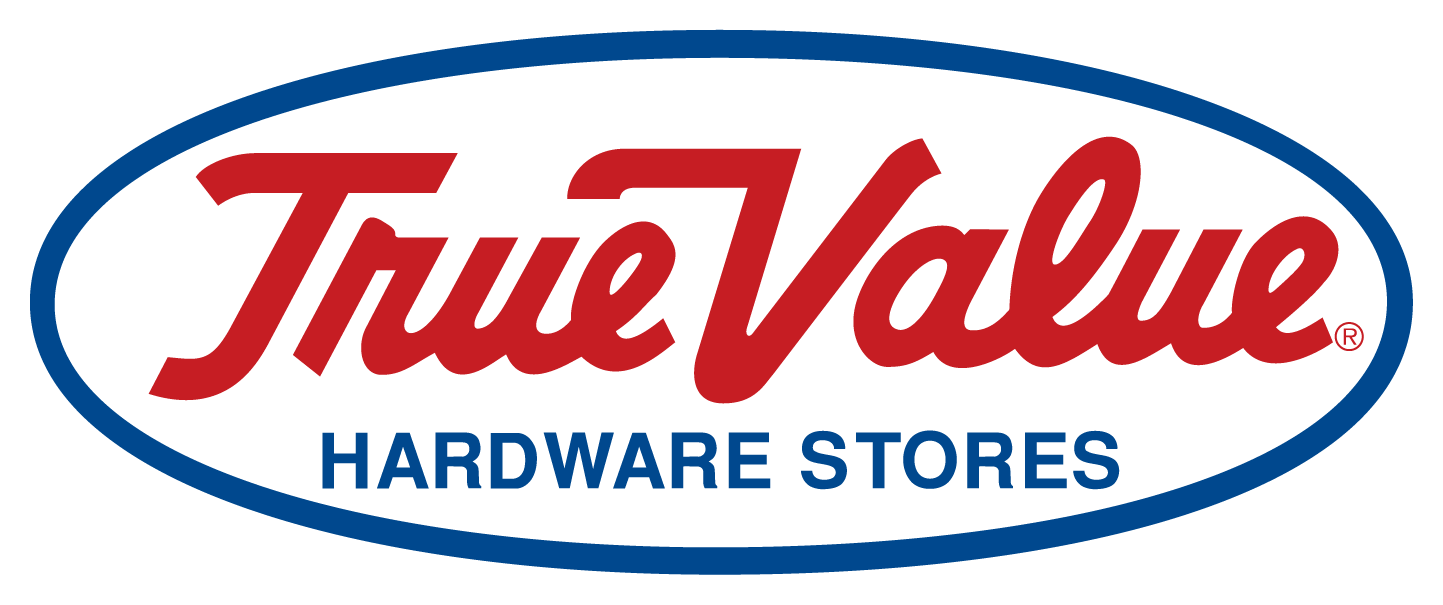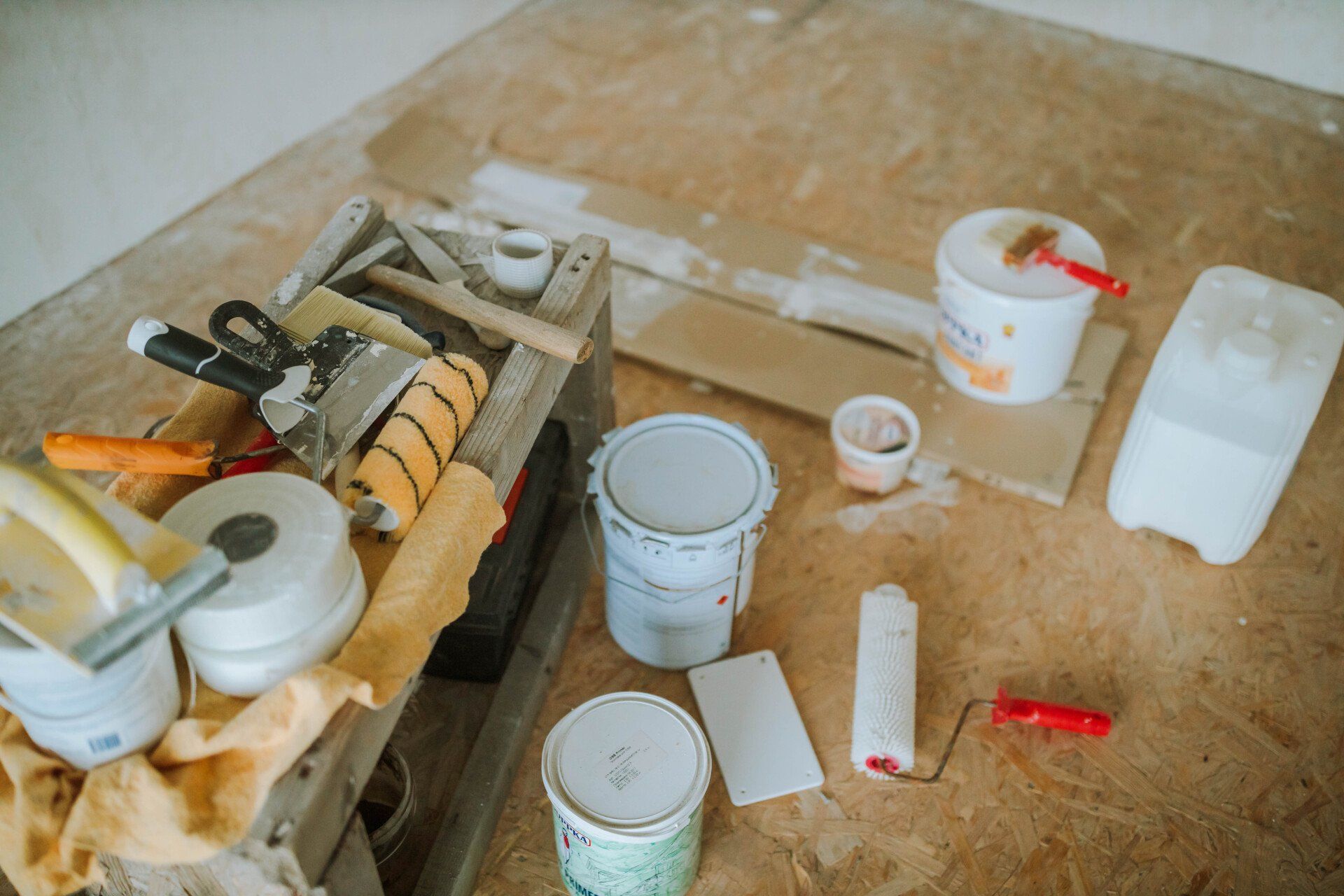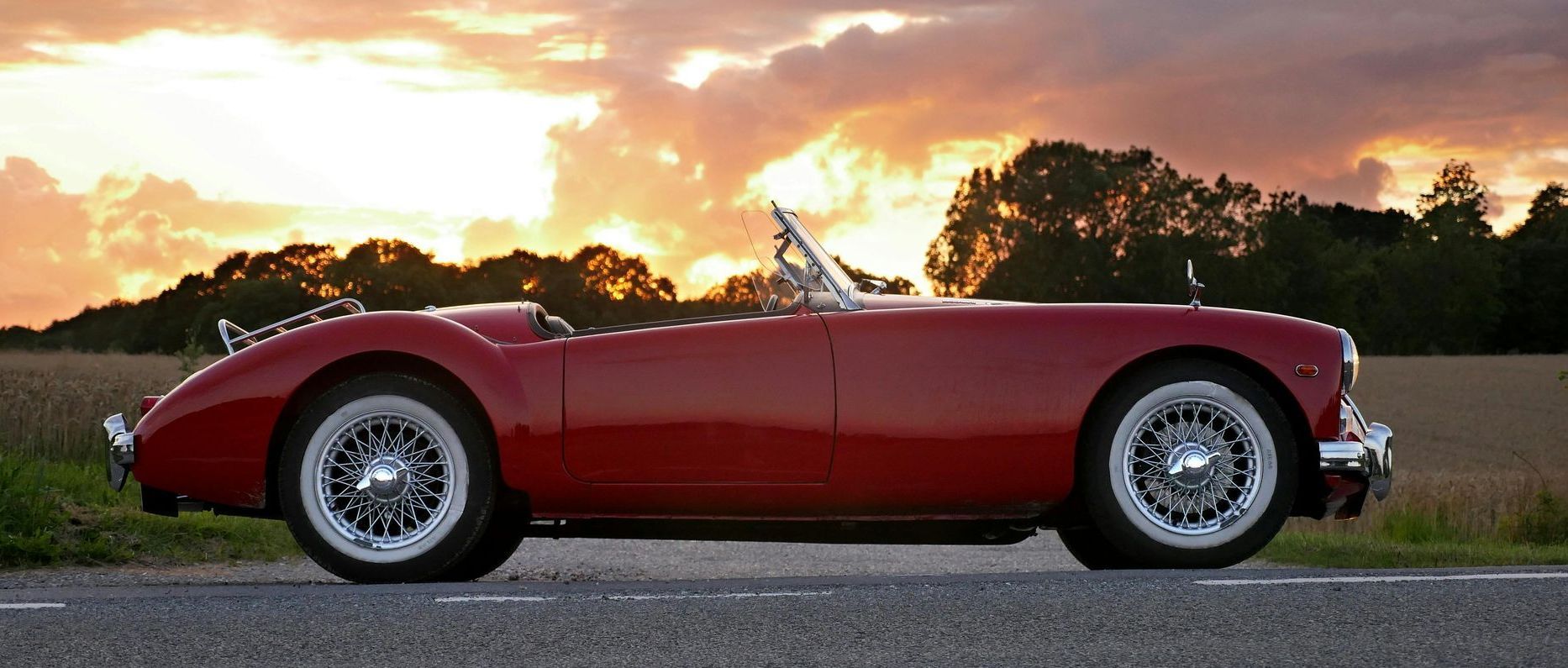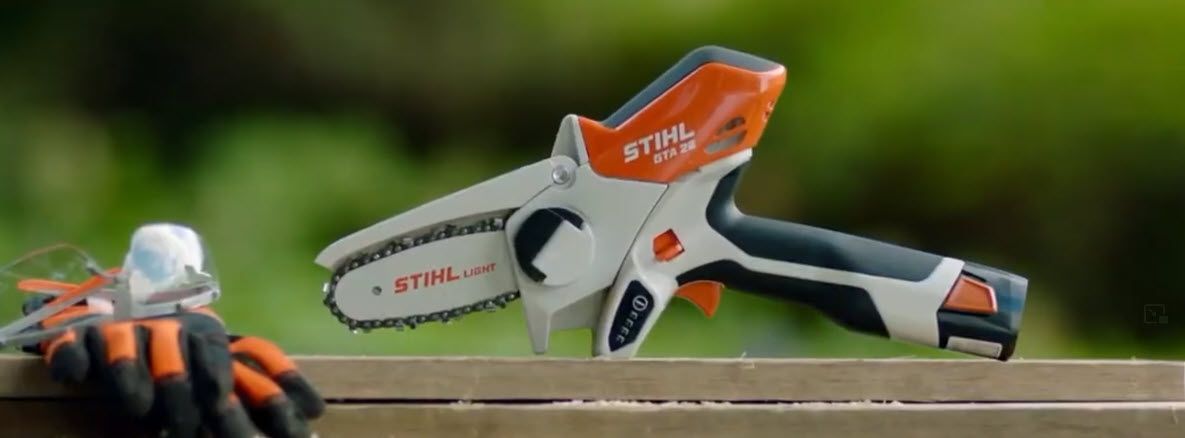Handy Guide for Choosing the Right Lawn Mower
What to Consider Before Buying a Lawn Mower
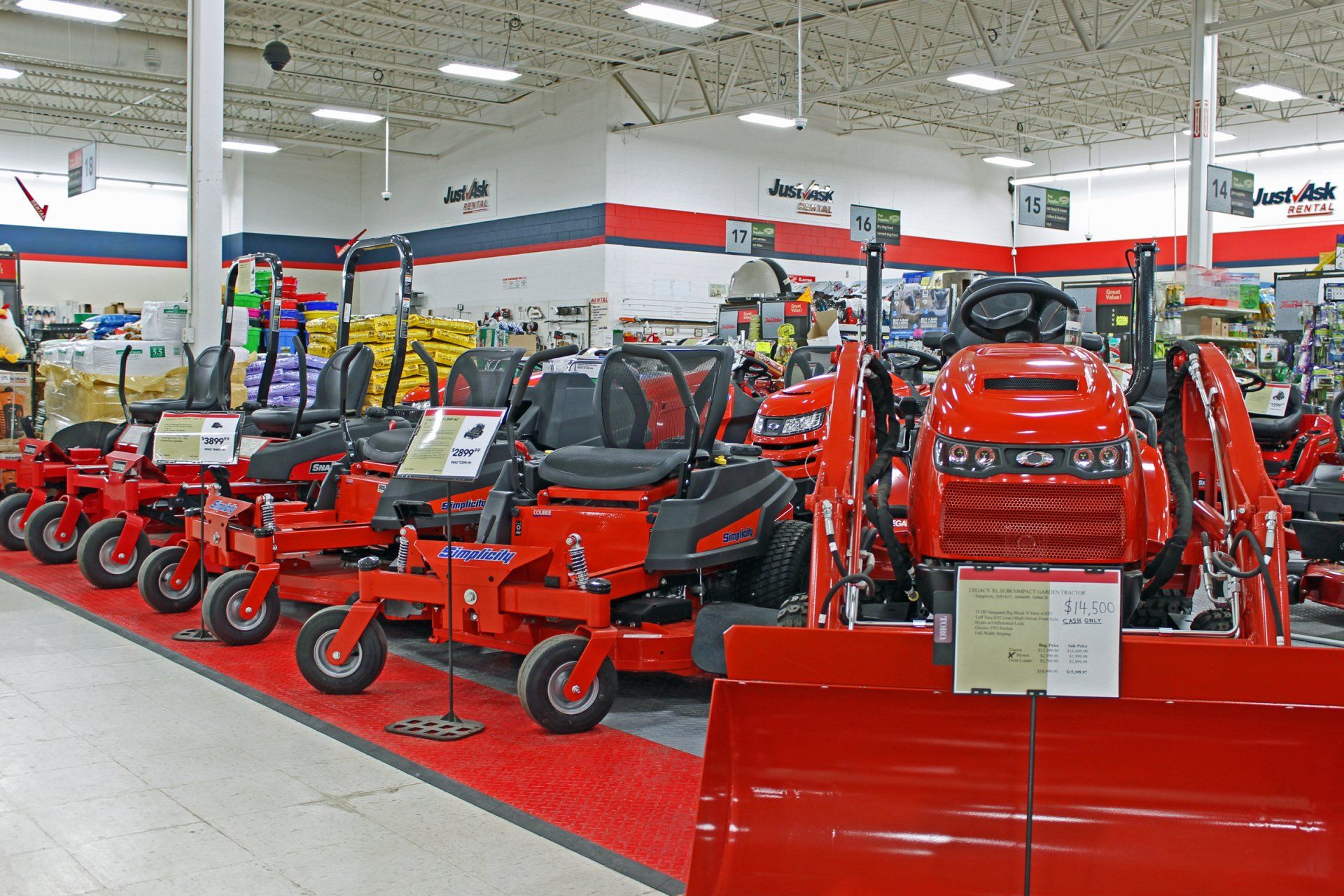
Ultimately, the size and shape of your lawn will be the driving factor in which type of lawn mower you should buy. Standard walk-behind mowers are best for lawns under half an acre. For lawns between half and 1 full acre, you may be happier with a self-propelled mower. If your yard is over 1 acre, consider getting a riding mower. It’s also important to consider your yard terrain and grass thickness. Hillier lawns and heavier grass generally require higher-performance mowers.
Types of Lawn Mowers and the Differences Between Them
Push/Walk-Behind Mowers
Also called push mowers, walk-behind models are the go-to choice for the majority of people with smaller properties. Not only are they typically less expensive than most riding mowers, but they’re also more compact and easier to maintain. Walk-behind mowers are mainly divided between reel mowers and rotary mowers. These terms describe the motion of the mowers’ blades.
Walk-Behind Reel Mowers
A reel mower moves like a car’s tire. While some powered models exist, many reel mowers are completely manual, so they don’t use gas or electricity. This makes them nearly silent, which means you can mow your lawn at any time of day without bothering anyone.
Moreover, manual reel mowers are super easy to maintain; you just need to periodically sharpen the blades. However, in order to be practical for prolonged use, reel mowers are often very lightweight. Consequently, they’re usually not suitable for longer grass and weeds. Although reel mowers aren’t very heavy, you’ll still get tired after some time behind one. Thus, manual reel mowers are more suitable on a quarter-acre yard or anything smaller. Only use one on a half-acre property if you don’t mind getting a workout.
Walk-Behind Rotary Movers
The blades of a rotary mower spin similarly to those of a ceiling fan. In contrast to reel mowers, all rotary mowers use gas or electricity. These mowers either use an electric starter or a pull-start. Electric starters are easy to use but tend to be a bit more expensive. Pull-starts are more reliable and affordable than electric starters, but they sometimes require a lot more physical effort. While you may have no problem using a pull-start, it may be very difficult for someone else in your household.
Common Features of Walk-Behind Mowers
When purchasing any kind of walk-behind mower, you should look for folding handles, washout ports, uniform wheels, and upright storage. Mowers with folding handles are easier to store and transport. A washout port allows users to conveniently clean the mower’s underside by connecting a hose to the top of the mower. Uniform wheels are easier to maneuver and provide a more even cut. Upright storage allows you to safely store your mower vertically without worrying about leaking fluids. Thus, they’re very good for households with limited space.
Self-Propelled Mowers
While it looks similar to a standard walk-behind mower, a self-propelled mower is easier to move. The engine or battery in a self-propelled mower will provide power to the wheels so that they can automatically pull the mower forward. Self-propelled mowers are very easy to maneuver but are usually more expensive than push mowers. A walk-behind mower will only move forward when the operator pushes it forward, which can take of physical effort. However they’re better on uneven terrain, and you can move them more slowly around corners and in tricky spots.
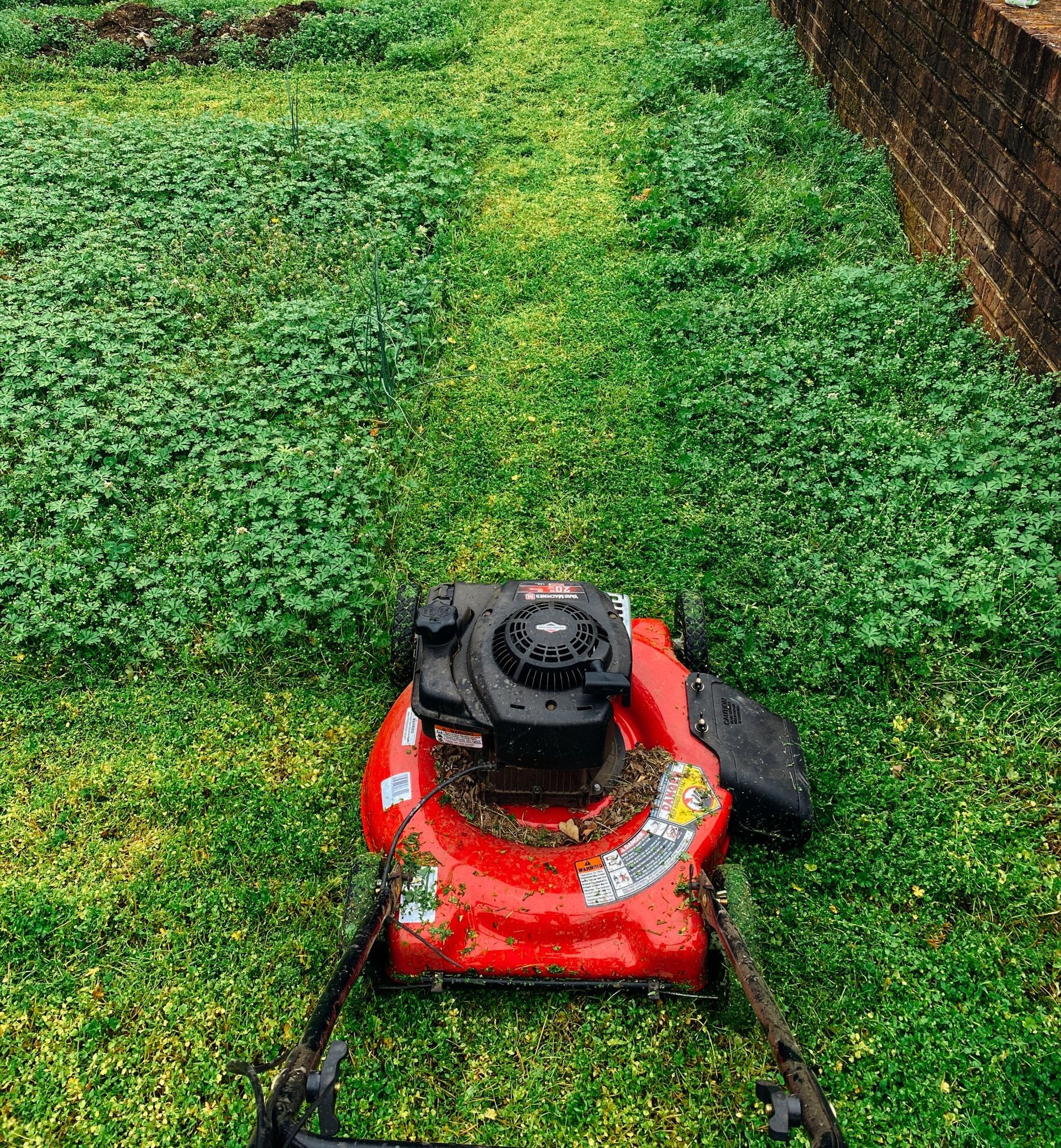
Riding Mowers
Riding mowers work well on large properties with relatively even terrain. These mowers come in many shapes and sizes, so it’s a good idea to consider the size of your lawn before making a purchase. Wider mowers are better for larger lawns with open spaces. Narrow riding mowers are good for smaller properties with some twists and turns. While many riding mowers include a mount for a catcher bag, such add-ons can be expensive. On top of that, a catcher bag may need to be emptied multiple times when mowing a larger property.
Battery Lawn Mowers
Instead of gas, battery mowers run on electricity. A battery mower’s battery functions more like a power tool’s battery than a battery in a car. Because of this, they’re extremely easy to remove, replace, and charge. Most battery mowers will run for 30 to 45 minutes before needing to be recharged. Naturally, heavier mowers and self-propelled mowers use more power and require more frequent charging. Battery mowers don’t produce emissions, and they’re very easy to start. They’re also a lot quieter than gas-powered mowers. Since the best battery mowers only run for up to 60 minutes, these mowers are more practical on properties smaller than a third of an acre. Some manufacturers provide interchangeable batteries, so if your mower’s battery dies, you can quickly switch it out with the battery of another electric tool from the same company.
Gas Lawn Mowers
Larger gas mowers typically use gasoline, and smaller gas mowers often use a mixture of gasoline and oil. Although gas mowers can be noisy, they run for much longer than most battery mowers. On top of that, gas mowers are usually more powerful than battery mowers and cost much less. Gas mowers are generally best for lawns with hilly terrain and thicker grass.
Lawn Tractors
Lawn tractors are the most common type of riding mower. They run on gas and feature a front-mounted engine. These mowers’ decks usually range between 42 and 54 inches, and they’re suitable for any property up to four acres. A larger property might put unnecessary wear and tear on a lawn tractor. Lawn tractors tend to be somewhat noisy and produce a lot of exhaust. Moreover, they have a wider turning radius than other kinds of riding mowers.
Zero-Turn Mowers
If you need maneuverability, then zero-turn mowers are your best option. As the name suggests, these mowers can turn on a dime. They typically reach higher speeds than other mowers. Since most zero-turn mowers boast a large engine and a deck width between 42 and 50 inches, they can quickly and easily cut through thick grass. Zero-turn mowers work best on large properties but aren’t fit for sharp slopes. Because riders use levers to operate zero-turn mowers, they can be a little tricky to ride at first. However, once you get used to the levers, these mowers are exceptionally easy to handle.
Rear-Engine Riders
Rear-engine riders usually have a blade width of 30 inches, so they’re good on yards up to an acre in size. However, they take a very long time on larger lawns. Rear-engine mowers tend to be a bit less expensive than other mowers. Since they’re relatively small, they’re also pretty easy to store. However, they usually don’t boast many extra features. Due to their size and construction, rear-engine riders don’t fill catcher bags as well as push mowers and other types of riders.
Rejuvenate Your Landscape With a Good Lawn Mower
The right lawn mower can help you save time and money while keeping your property in pristine shape. Conversely, the wrong mower can turn trimming your lawn into an extremely tedious experience. That’s why it’s important to consider your needs carefully before making a purchase.
Visit Martens True Value Superstore in Reedsburg and talk to one of our garden center staff members who would be happy to answer any questions you may have about our selection of mowers and their features.
Excerpt from www.truevalue.com
